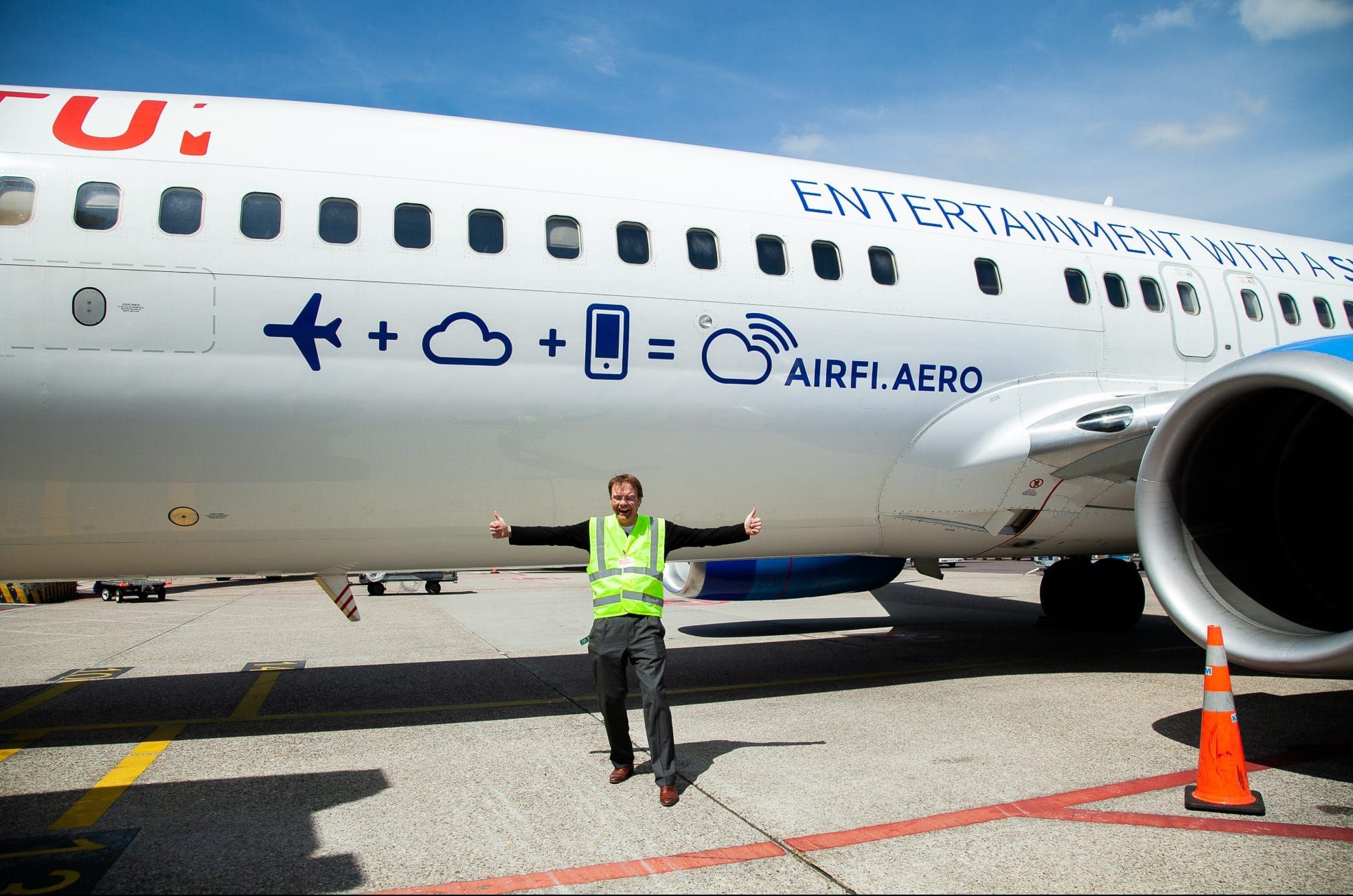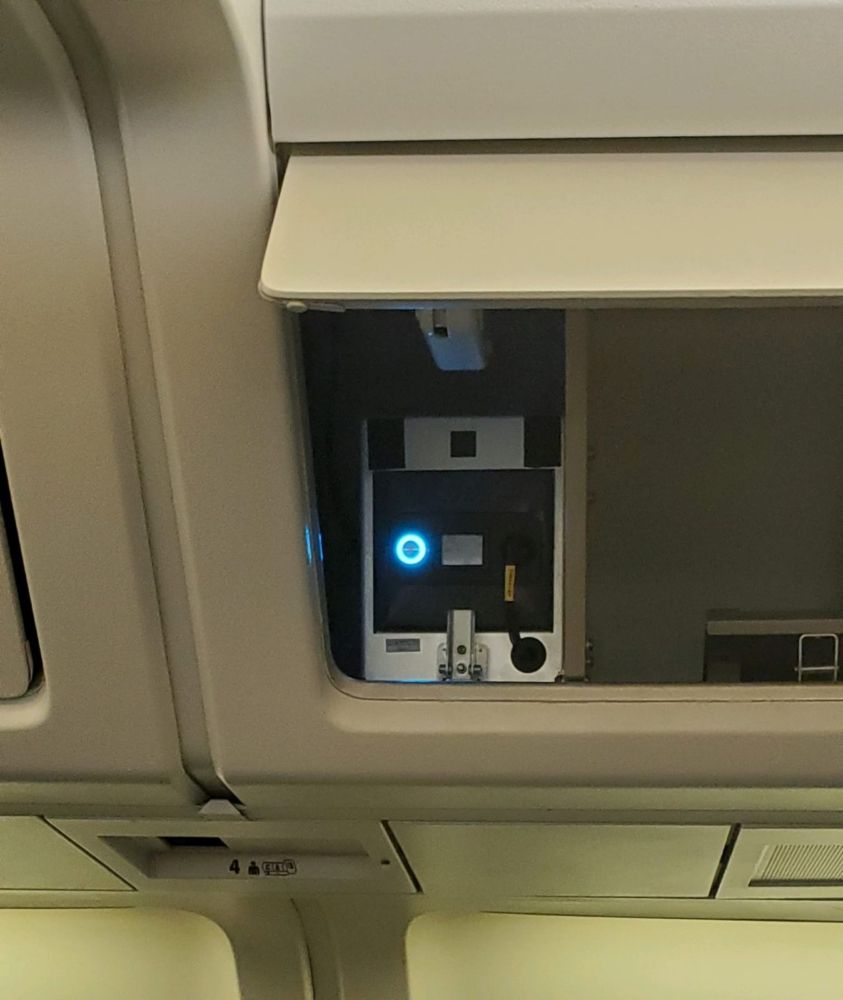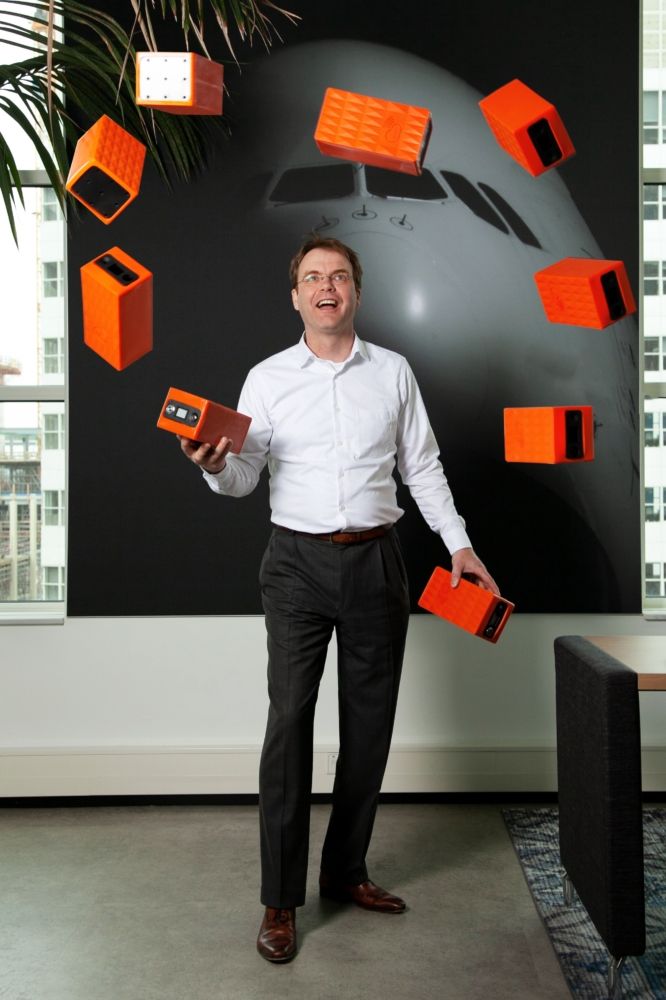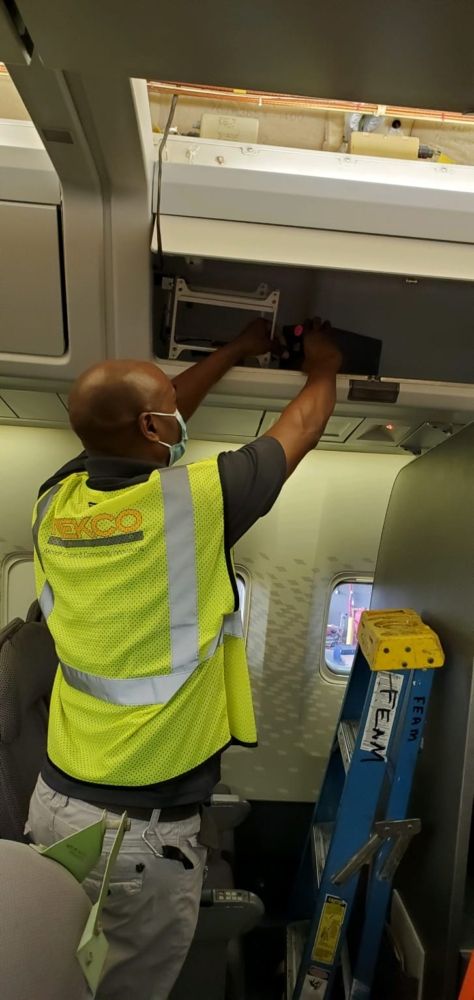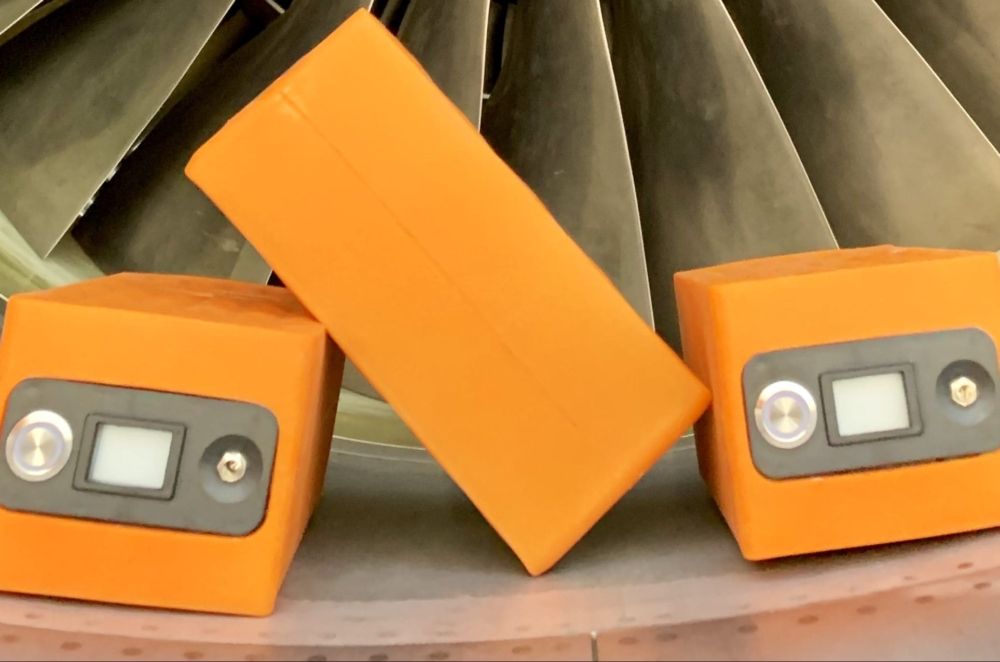A recent update from EASA has highlighted the problem with charging electronic devices in obscured locations on aircraft. Its certification memorandum dictates that devices on charge should be in plain sight, which is a problem for portable IFE boxes hidden away in overhead bins. Simple Flying caught up with Job Heimerikx, co-Founder and CEO of AirFi, to find out what this means for semi-installed wireless IFE providers.
EASA rules out hidden charging locations
The European Aviation Safety Agency (EASA) recently issued a certification memorandum relating to the design of cabins on large aircraft. While the document contained a total of 20 points of design guidance, one which relates to the charging of personal electronic devices (PEDs) was of particular significance. The memorandum read:
“The introduction of facilities designed to stow PEDs during their battery recharge process may increase the risk of having a thermal runaway event that may involve multiple PEDs. The propagation of a PED fire to other PEDs may result in a fire event that may have catastrophic consequences.”
In plain English, EASA is saying that having electronic devices on charge in an aircraft, in a hidden compartment, is bad practice and could jeopardize safety. While this could have implications for passenger facilities, for example, in business class seats where there is an enclosed compartment for device charging, there’s another area of airline operations that are directly affected by this guidance.
Portable, or semi-installed, wireless IFE systems tend to be tucked away in an overhead locker somewhere on the plane. Some of these systems use batteries to enable updates while the aircraft is powered down. When the aircraft is powered up again, the batteries recharge. This is clearly in violation of the EASA guidance.
The impact for portable W-IFE systems
The dangers of lithium batteries on aircraft are well known, and for some time, their carriage in the cargo hold has been strictly regulated. However, this guidance from EASA is the first to be passed regarding activities in the passenger cabin.
The memorandum endeavors to minimize the risk of a thermal runaway event – simply speaking, an overheating issue. There have been multiple cases of overheating electronic devices on planes - most have been minor events, but others have resulted in bodily injury. While the risk is relatively low, the idea is that by not having the device out of sight, any thermal event can be rapidly detected and dealt with by crew.
The problem for W-IFE suppliers is that no airline wants its server box on show. Having it exposed could risk tampering or accidental damage, so keeping them tucked away is a preferable solution. For this reason, it is imperative that suppliers find a way to prevent these devices from charging while the plane is in flight; otherwise, the airline could risk being held liable if something was to go wrong.
Simple Flying caught up with Job Heimerikx, co-Founder and CEO of AirFi, a leading provider of semi-installed IFE solutions, to see what the implications are for non-compliant airlines. He said,
“It's not something airlines would be penalised for, but within the engineering and maintenance belief, this sort of advice is considered a rule. So, there are no legal consequences immediately. But if there's a thermal runaway due to charging a product, the responsibility lies with the airline.”
Given the rising popularity of semi-installed W-IFE systems, Heimerikx is in full support of the ruling, noting that,
“I think the ruling is not only fair, but it's very important. These rules ensure a base quality level that we hope is going to be the gold standard in the industry. And EASA has a very important role in that.”
How can W-IFE supplies handle this change?
There are two routes to compliance. The first is that the product is declared as a ‘major modification,’ and a supplementary type certificate (STC) is applied for. This is costly, time-consuming and unlikely to be appealing to any airline as a solution.
The second route is to ensure that the battery no longer charges when the aircraft is in flight. For some providers, this is going to be a challenge. But for AirFi, it was a simple modification of technology they had already built-in. Heimerikx explained,
“We already had a system in place that has been approved by FAA and EASA to activate and deactivate cellular networks. So in certain phases of flight, for example when on the ground, airlines are permitted to use their cellular network. Our patented technology reads the ADSB signal of the aircraft, and we also measure acceleration, air pressure etc. and the system activates or deactivates the cellular capabilities. We call that autonomous operations.
“We extended that software to the component that takes care of the battery charging. So we are able to program the battery charging component as well. That component communicates with the same system that activates and deactivates the cellular network. So based on this proven procedure, we are now able to cut off the charging entirely in a secure manner so that the battery is not being touched during those phases of flight.”
It’s a smart solution that ticks all the boxes for the EASA guidance. Thanks to the capabilities already locked into the AirFi technology, it’s been a simple process to roll out the solution to all AirFi customers flying with the company’s FASE (Fully Autonomous, Semi-Embedded) solution. Job notes that some 1,200 aircraft are currently flying with AirFi equipment. For air crew, there’s no change and nothing more to add to their duties. Other providers, however, may have to work harder to figure out how to comply.
This article is brought to you by Simple Flying Connectivity, a category on Simple Flying dedicated to inflight connectivity. Click here to read all of our inflight connectivity content.

